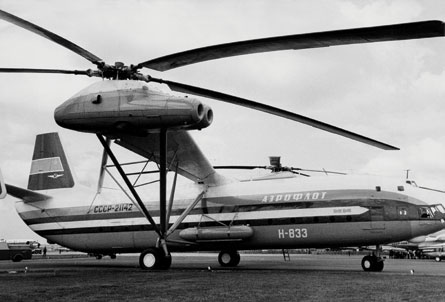In the post-Soviet era, Russia's civil aerospace industry has been characterised by false starts, of sound if not inspired engineers let down by woeful mismanagement and the dead hand of a central government that won't let go.
Three projects, however, show that things are changing. Recognising the traditional Russian shortcoming in after-sales service and the problems brought by insisting on all-Russian inputs, Sukhoi and Irkut have enlisted Western partners for their Superjet 100 regional jet and MS-21 narrowbody airliner programmes.
But a third, arguably more ambitious, effort to bring in Western capital and expertise could prove to be the model that opens up the Russian aerospace industry to a truly international future.
When state-owned Russian Helicopters earlier this month pulled the plug on a London and Moscow stock exchange initial public offering after failing to attract enough bids, one easy analysis would have been to write off the episode as yet another false start. Easy, but almost certainly wrong.
State holding company Oboronprom got unlucky. It tried to fly the Russian Helicopters IPO during the same week that commodity trader Glencore hit the London and Hong Kong markets, sucking up a stunning $11 billion. Nobody can compete with that and Oboronprom is rightly concerned about underpricing a prize asset.
But the fundamentals are strong. The maker of Mil and Kamov civil and military rotorcraft is the world's second-biggest vertical lift company, behind only market-dominating Eurocopter. The brands are steady sellers in high-growth markets like China, India, broader Asia and Latin America.
Management structure also makes Mil and Kamov attractive. They are, at heart, aircraft integrators rather than vertically integrated manufacturers.
So, to learn now that Oboronprom may shelve the IPO permanently if it can find a Western equity partner raises the fascinating prospect of an aggressive leap into Western markets in tandem with a supercharged sales push in Asia and Latin America.
Established Western rivals like AgustaWestland, Bell, Boeing or Sikorsky, and to a lesser extent Eurocopter, probably can't get involved with a Russian maker of military equipment. But in tandem with a private equity investor capable of building overseas assembly operations, Russian Helicopters may be poised to become a truly global player.
 |
|---|
©Sipa Press/Rex FeaturesThat really was the old days |
Source: Flight International
















